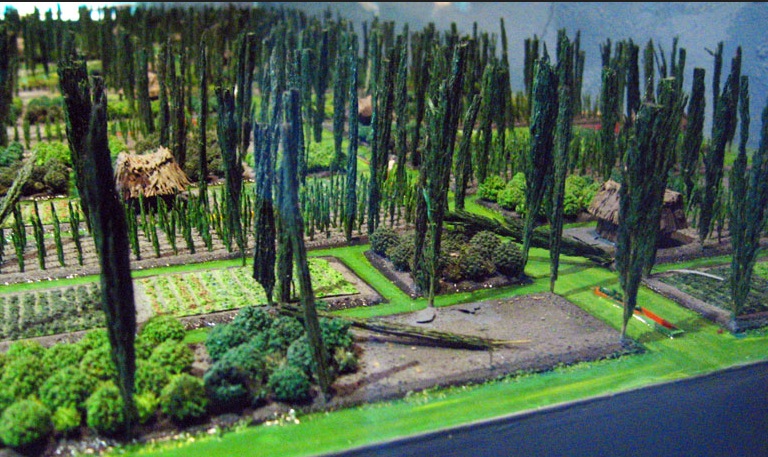Frederic Saliba writes: The lake at Xohilmilco is the setting of chinampas, the floating vegetable gardens developed here more than 500 years ago. They are one of the last remaining features of the ancient Aztec capital of Mexico-Tenochtitlán, conquered by Spaniards in 1521.
Five centuries on, this network of waterways and artificial islands, a UNESCO World Heritage Site, is threatened by the city’s disorderly expansion and over-exploitation of its water resources. The government of Mexico City has an action plan, financed by France, to save this enormous district of the capital that is also the home of ancestral farming traditions and exceptional biodiversity.
“There is no time to lose,” says resident Claudia Zenteno, pointing with clear frustration at plastic bottles, bags and cans floating in the dark, stagnant water outside her house.
Zenteno, a 50-year-old former accountant turned environmentalist, lives by the lake, in a part removed from the piers and boat tours where the water is regularly cleaned for the 1.2 million tourists who visit every year. “We used to have a wonderful view when we arrived here in 1995,” she says. “It’s a shantytown today.” Can Mexico’s Floating Gardens Survive

